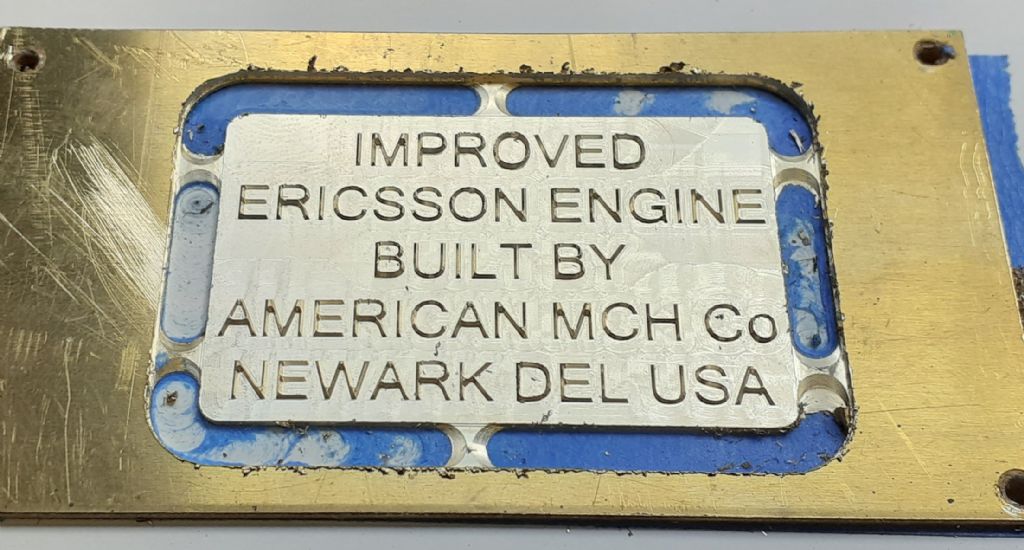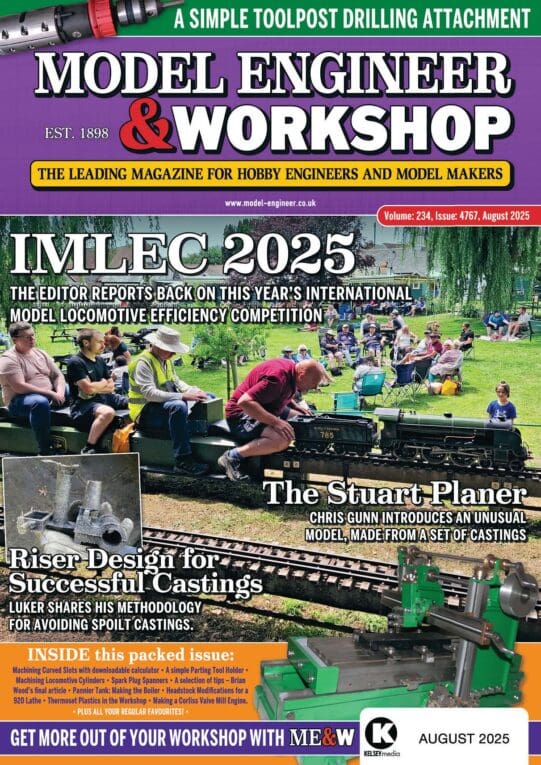I’ve been out of action for a while now due to back surgery. The good news was that it was successful and has reduced the pain in my legs immensly, though it has left me with week and wobbly legs. Though I have been doing a bit in my workshop before surgery I have not undertaken any of my away from home hobbies for a few years.
I have started racing rc cars again and I have been impressed with the leap in design and engineering. I could have spent a fortune on a new chassis but I wanted to see how I performed before doing that. One of the trends has been to use shorter and fatter dampers. I bought some for my current car, a Tamiya TRF419, knowing I should, hopefully, be able to make the required lower damper towers. After getting to grips with my CAD programme I came up with a design and exported it as a .dxf file so I could use it with the CAM software Cut2D. Exporting it as a Gcode to use on Mach3 for my Sieg Kx1 CNC mill. I did a couple of ‘air’ runs, then a cut into pink foam as it had been a long time since I used the mill.



The profile edges are not rough, its the clear protective film on the carbon.
I did a few test runs to establish feeds and speeds and then cut out the two damper towers. I did the profiling with a 2mm Routfish cutter at 160mm/min, 7,000 rpm which is the maximum for the machine. The carbon fibre sheet was 3mm thick, so I set the CAM software to cut 3.2mm, with 10 Tabs per damper tower (1.5mm long, 1mm high) I did 3 passes at 0.5mm offset from the final profile then 1 final pass cutting to the profile. The finish was excellent though there was a miniscule amount of delamination on the underside around the drilled holes, a 3mm Routfish cutter was used for drilling. I did a little test using the 3mm Routfish cutter to drill a couple of holes and also using a 2mm Routfish cutter to cut a profile inside a 3mm profile. The 3mm Routfish gave a great finish going in, but a touch of desalination on the reverse. The 2mm cutter gave a good finish going in, just a minor bur on the outside edge of the hole. The underside finish was better than the 3mm cutter.
 The 3mm test holes, topside.
The 3mm test holes, topside. The 3mm test holes, underside
The 3mm test holes, underside 
I would be grateful for any comments as to:
Are my feeds and speeds in the right ball park?
Am I taking too many passes, 3 passes for 3mm carbon?
Is it worthwhile cutting to an offset, then doing a finishing pass.
Is there a way to reduce the delamination around drilled holes? The delamination isn’t bad, it doesn’t stop me using the finished item but it would be nice to have a perfect hole finish.
Any other comments to aid in my work would be appreciated.
(I did use a face mask and had a vacuum cleaning running to suck up the dust)
Many thanks,
Sarah 😊
Sarah F.






 The 3mm test holes, topside.
The 3mm test holes, topside. The 3mm test holes, underside
The 3mm test holes, underside 






